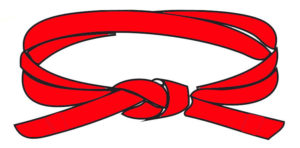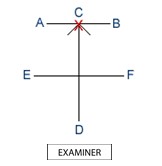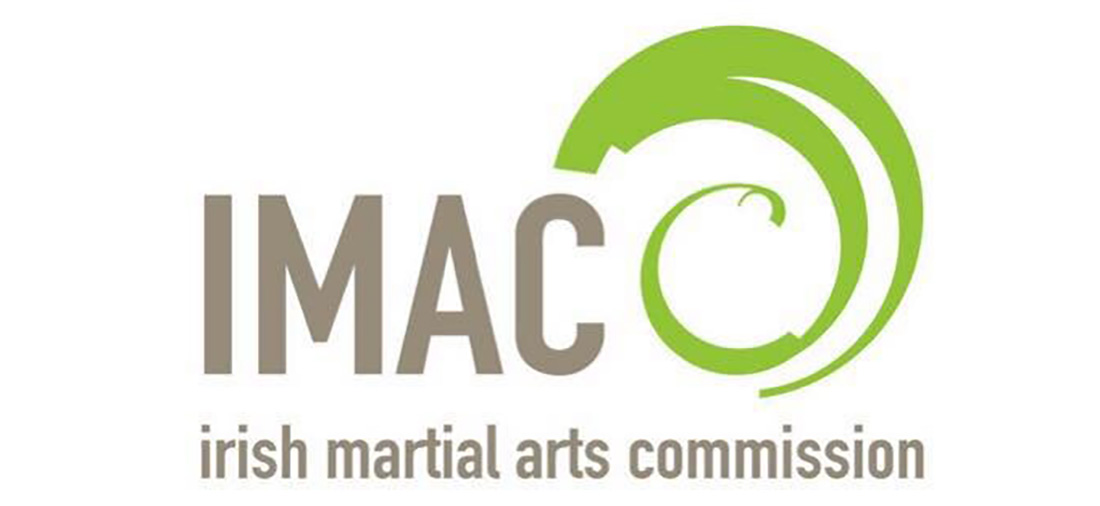Red Belt : Revision
You Are Here: Red Belt
Red Belt 2nd Kup
PATTERN – Hwa-Rang – 29 movements 
Hwa-Rang is named after the Hwa Rang youth group which originated in the Silla dynasty about 1350 years ago.
This group eventually became the actual driving force for the unification of the three kingdoms of Korea. The 29 movements refer to the 29th infantry division, where Tae Kwon- do developed into maturity.
New Techniques
- Close stance “c”
(Moa sogi “c”)
- Vertical stance
(Soo jik sogi)
- Palm pushing block
(Sonbadak miro makgi)
- Upwards punch
(Ollyo jirugi)
- Knife-hand downward strike
(Naeryo sonkal taerigi)
- Side front block
(Yop Ap makgi)
Power Test Techniques
1: Knife-hand strike to target at 45 degree angle
2: Left and Right turning kick to target at 45 degree angle
Power Tests are judged on
1: Proper technique
2: Correct striking tool
3: Proper posture
4: Accuracy
5: Destruction of target
Free Sparring – Jayu Matsogi
Attacking and Defending
(Free sparring is not prearranged. There is no prescribed number of steps or movements. It is essentially open combat with controlled attacks using all available means and methods.)
In order to prevent injury, protective equipment is worn. The teaching of free sparring starts at yellow belt, mainly for competitions.
Evaluation of free sparring is based on accuracy, speed, timing, distance, and quality of technique executed. Balance, blocking and dodging skills, and attitude are also very important.
Because each of the participants is free to move and attack, free sparring encourages the development of strategies for attack and defence, while improving speed and timing. Since free sparring is practiced as a non-stop fight that may consist of one or more rounds, and vary from short rounds of 30 seconds up to several minutes, being in good physical condition is very important.
Pattern: Hwa-Rang

Hwa-Rang
Movements – 29
Ready Posture – CLOSED READY STANCE C
1. Move the left foot to B to forma sitting stance toward D while executing a middle pushing block to D with the left palm.
2. Execute a middle punch to D with the right fist while maintaining a sitting stance toward D.
3. Execute a middle punch to D with the left fist while maintaining a sitting stance toward D.
4. Execute a twin forearm block while forming a left L-stance toward A, pivoting with the let foot.
5. Execute an upward punch with the left fist while pulling the right side fist in front of the left shoulder, maintaining a left L-stance toward A.
6. Execute a middle punch to A with the right fist while forming a right fixed stance toward A in a sliding motion.
7. Execute a downward strike with the right knife-hand while forming a left vertical stance toward A, pulling the right foot.
8. Move the left foot to A forming a left walking stance toward A while executing a middle punch to A with the left fist.
9. Move the left foot to D forming a left walking stance toward D while executing a low block to D with the left forearm.
10. Move the right foot to D forming a right walking stance toward D while executing a middle punch to D with the right fist.
11. Pull the left foot toward the right foot while bringing the left palm to the right forefist, at the same time bending the right elbow about 45 degrees outward.
Your Pattern click on the video below to view
New Techniques Learn these
Questions You may be asked....
- How many moves in Hwa-Rang? – 29
- Meaning of Hwa-Rang? – Hwa-Rang is named after the Hwa-Rang youth group which originated in the Silla Dynasty about 600 A.D. This group eventually became the driving force for the unification of the three kingdoms of Korea . The 29 movements refer to the 29th Infantry Division, where Tae Kwon-Do developed into maturity.”
- What is the 1st move of Hwa-Rang. Both in Korean & English and explain its purpose? – Palm Pushing Block – Sonbadak Miro Makgi
- Demo & what is the Korean for downward Knifehand strike? – Naeryo Sonkal Taerigi
- What is the Korean for the upward punch in Hwa-Rang & explain its purpose? – Ollyo Jirugi
- What is the Korean for “X” fist pressing block? – Kyocha Joomuk Noollo makgi
- What is the Korean for sliding & explain it? – Mikulgi – It is an effective technique for covering a long distance in one smooth motion.
- Which 3 patterns have release moves. Demo & explain the difference between them? – Do-san, Joong-Gun and Hwa-Rang.
- Name 8 different blocks. Both in Korean & English? – Najunde Bakat Palmok makgi, Kaunde An palmok makgi, Najunde Sonkal makgi, Chookyo makgi, Sang Palmok makgi, Sonkal Daebi makgi, Hechyo makgi, Dollymio makgi, Golcho makgi, Sang Sonkal makgi, Doo Palmok makgi, Digutcha makgi, Noolyo makgi, Sonkal Dung makgi, Kyocha Chookyo makgi, Kyocha Noollo makgi, miro makgi and San makgi
- Name 7 different kicks. Both in Korean & English? – Apcha busigi (front snap kick), Yop chajirugi (side piercing kick), Dollyo chagi (turning kick), Dwit chajirugi (back piercing kick), Bandae Dollyo chagi (reverse turning kick), Naeryo chagi (downward or axe kick), Noollo chagi (pressing kick), Yonsok chagi (consecutive kick), Bituro chagi (twisting kick)
- Name 7 different stances. Both in Korean & English? – Gunnon (Walking), Annun (Sitting), Niunja(L stance), Narani (Parrallel), Charyot (Attention), Gojong (fixed), Moa (closed), Goburyo (bending), Kyocha ( “X” ), Nachuo (Low), Dwitbal (rear foot), Soojik (vertical), Sogi (Stance).
- Name 8 different hand parts. Both in Korean & English? – Fore fist (Ap Joomuk), Back fist (Dung Joomuk), Side fist (Yop Joomuk), Knifehand (Sonkal), Reverse Knifehand (Sonkal Dung), Finger tips (Sonkut), Arc Hand (Bandal Son), Elbow (Palkup), Palm (Sonbadak), Open fist/palm heel (Pyun Joomuk)
- Name 5 different foot parts. Both in Korean & English? – Ball of the foot (Apkumchi), Foot sword (Balkal), Instep (Baldung), Back Heel (Dwichook), Toes (Balkut), Back sole (Dwitkumchi), Reverse Foot sword (Balkal Dung) Knee (Moorup).
- When performing L-stance & punch in Hwa-Rang. Is it obverse or reverse & why? – Obverse (Baro), as rear leg is the primary leg and the rear hand used.
- What is the ready position in Hwa-Rang. Both in Korean & English? – Closed ready stance “C” – Moa jumbi sogi “C” (Hands 10cm from the lower abdomen)
- Name the 4 parts of your forearm. Both in English and Korean? – Bakat (outer) An (inner) Dung (back) Mit Palmok (forearm belly)
- Why do we perform patterns? – To practice both offensive & defensive techniques against imaginary opponent, or opponents. To build strength, speed, balance and timing with your body.
- Why do we learn the meanings of patterns? – To gain inspiration and remember the history of those who came before us.
- What is Twisting kick in Korean & what part of the foot is used? – Bituro Chagi – Ball of the foot (Apkumchi).
- Name 3 different fingertip thrusts. Both in Korean & English? – Upset Finger tip thrust – Dwijibun Sonkut Tulgi, Flat finger tip thrust – Opun Sonkut Tulgi, Straight finger tip thrust Sun Sonkut Tulgi.
- What does the colour Black signify, What is meant by impervious to darkness & fear? – Black is the opposite of white, therefore signifying maturity and proficiency in Taekwon-Do. It also indicates the wearer’s imperviousness to darkness and fear.
- What is the Korean for Vertical stance & explain it? – Soojik Sogi – body weight 60/40, rear leg is primary as most weight is on it, both feet pointed 15 degrees inward, length of 1 shoulder width between big toes.
- How have you supported your club and organization? – Think of all the things you have done over the years.
- Why do we do free sparring and 2 on 1 sparring? – To learn how to block, evade and counter against more than one attacker.
- What is the difference between ITF & WTF Taekwon-do? – ITF is Traditional based which allows punching to the head and WTF is more Sport based with no punching to the head
- One question from previous Gradings! – Remember and know your previous Theory




